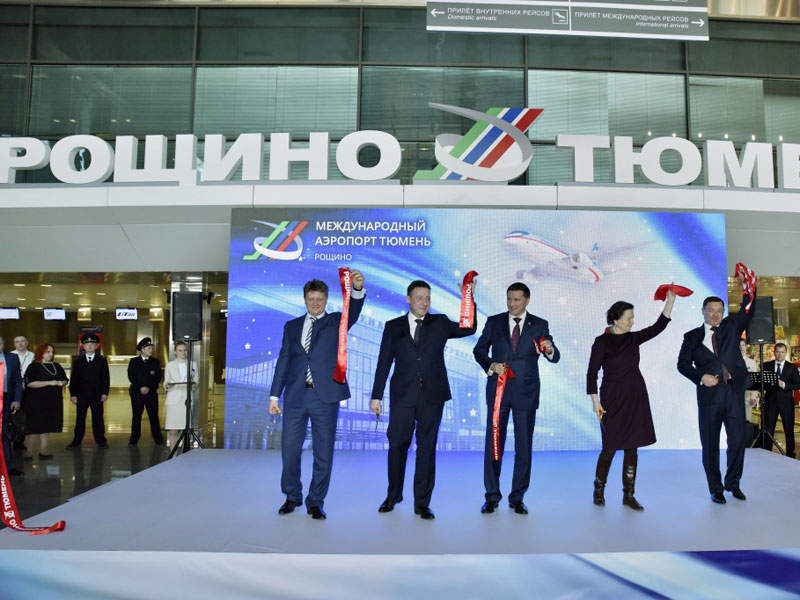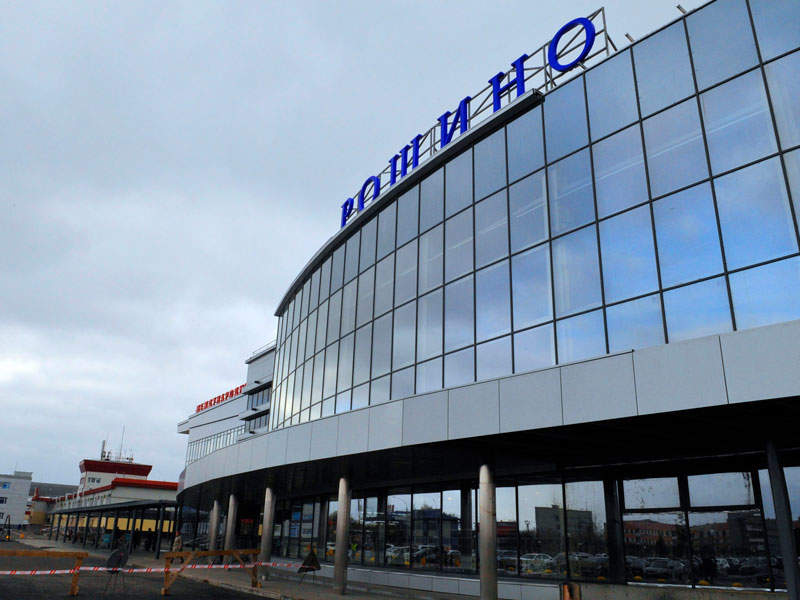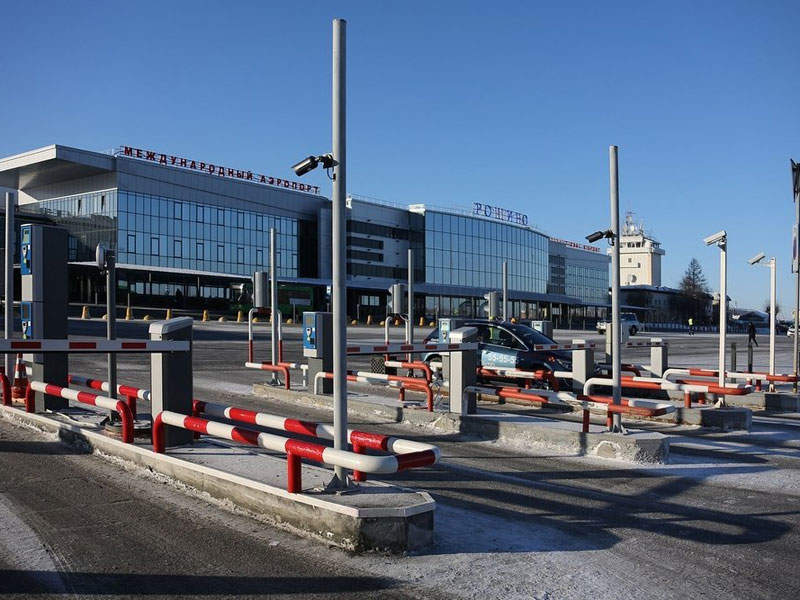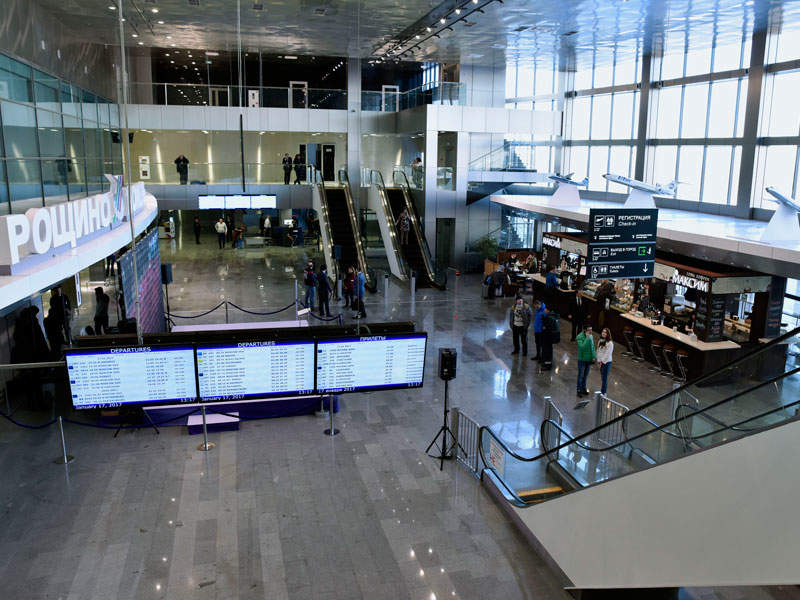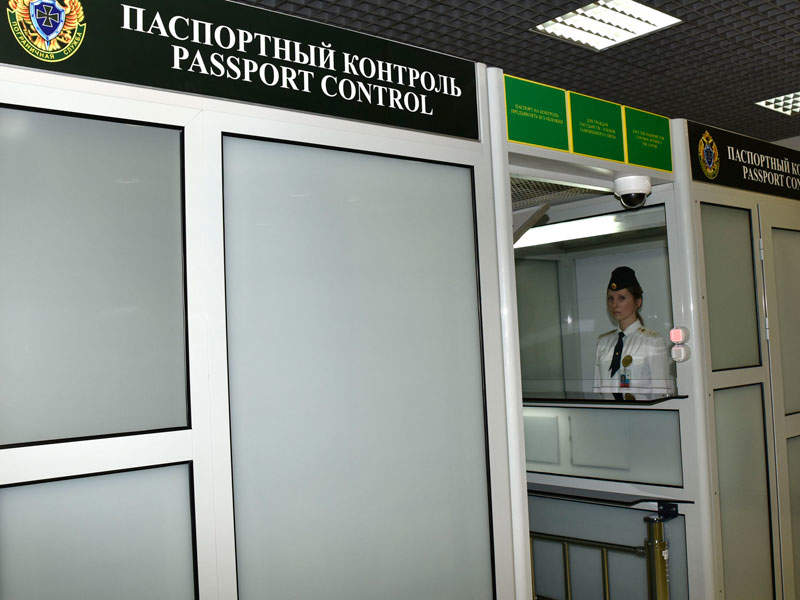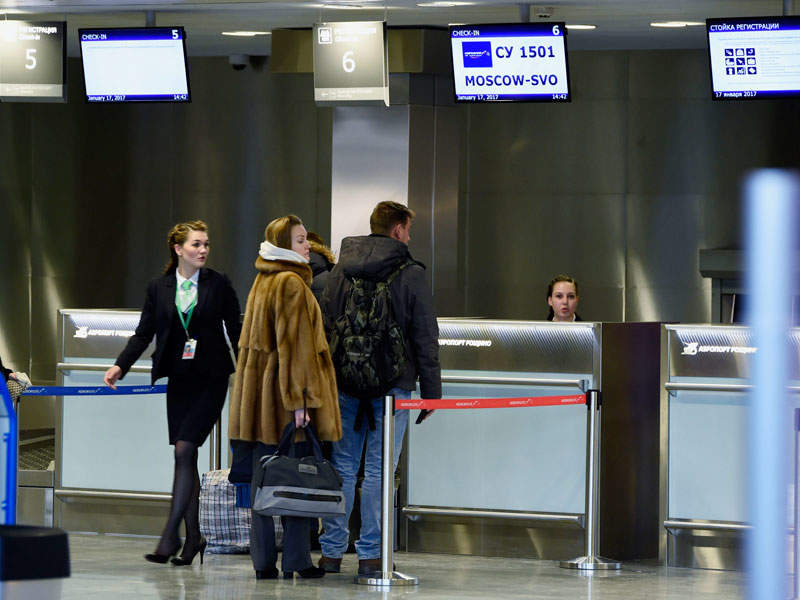Roshchino International Airport is located 13km west of the city of Tyumen in Tyumen Oblast, Russia.
The airport underwent a large-scale modernisation between 2012 and 2016 to cater to the growing traffic, and the redeveloped airport complex was opened in January 2017.
Roshchino airport’s capacity following the redevelopment is five million passengers a year. The redevelopment also added modern and comfortable facilities to provide enhanced travel experience to the passengers, as well as enabledthe airport to handle all types of aircraft.
The project was implemented by Tyumen region and Yamal-Nenets Autonomous District.
History of Roshchino Airport
Roshchino airport was developed in 1960s to support the development of Tyumen region’s oil and gas fields that were discovered in 1953.
The airport initially transported national economic goods to the north of the region, with passenger services beginning in the 1970s.
Roshchino is currently the hub for two Russian airlines, UTair Aviation and Yamal Airlines.
Roshchino airport modernisation project
Modernisation works at the site commenced in 2012 and were executed in two phases.
Phase one lasted for two years and involved the construction of engineering infrastructure, while phase two saw the reconstruction of the terminal building, along with other landside developments.
Construction works were completed in December 2016.
The redevelopment project quadrupled the terminal area from 6,500m² to 25,000m², and more than doubled its capacity to 600 passengers an hour from the earlier 250 passengers.
The terminal now complies with all the latest international aviation requirements.
Facilities at the upgraded terminal
The upgraded terminal site features modern equipment, comfortable facilities and latest safety systems.
It has expanded waiting areas, border and customs control areas, increased number of check-in desks, five air bridges, and a separate transfer zone for transferring passengers from one flight to another.
It also features escalators and elevators, sanitary rooms, cafe, and a spacious gallery. Electronic information boards and signs were installed throughout the terminal for timely guidance of the passengers.
Facilities already existing at the terminal prior to the airport redevelopment include restaurants and cafes, duty-free stores, vending machines, jewellery stores and banks. ATMs, health centres, luggage storage chambers, and a business lounge were also available at the pre-existing site.
Free Wi-Fi is available throughout the terminal.
Contractors involved
The redevelopment project was constructed by Mostostroy, a construction and engineering services company based in Tyumen.
Financing for the redevelopment
Total investment costs for the airport modernisation project came to roughly RUB3.8bn ($64.9m), with the Tyumen region financing 50% of that amount.
The remaining funds were supplied by the Yamal-Nenets Autonomous District.
Roshchino airport runway details
The airport features two runways. Runway 1 is 2,704m-long and 50m-wide and is equipped with lighting systems.
Runway 2 is 3,000m-long and 45m-wide and is also equipped with lighting fixtures, in addition to sun-landing aids in both directions.
The runways are allowed to receive 23 types of aircraft including Boeing-737 / 757 and all types of helicopters.
Runway 1 and the taxiways were renovated during the modernisation project. A global navigation satellite system (GLONASS) was installed, making the airport the first in Russia to host such a system.
Plans are in place to reconstruct the second runway to make it weather-proof. The overhaul would reduce the number of aircraft diversions to alternate aerodromes during poor weather conditions.
Parking at Roshchino international airport
The parking complex offers multiple parking options for the passengers.
Parking slot P1 is located close to the airport, and offers short-term parking in both paid and free parking categories.
The P3 parking slot offers daily parking, and parking services for disabled. Other parking slots in the complex include P2, P3 and P5.
The parking complex features an automated parking system (APS), which records the vehicle entry and exit times and calculates the cost in the automatic cash terminals.

